How To Kill Caterpillars In The Garden
7 Bugs You Should Never Kill In Your Garden
Not all bugs are created equal. Some pollinate the crops or feed on destructive pests, while others are simply passing through. Here are some bugs you should be happy to have in your garden.
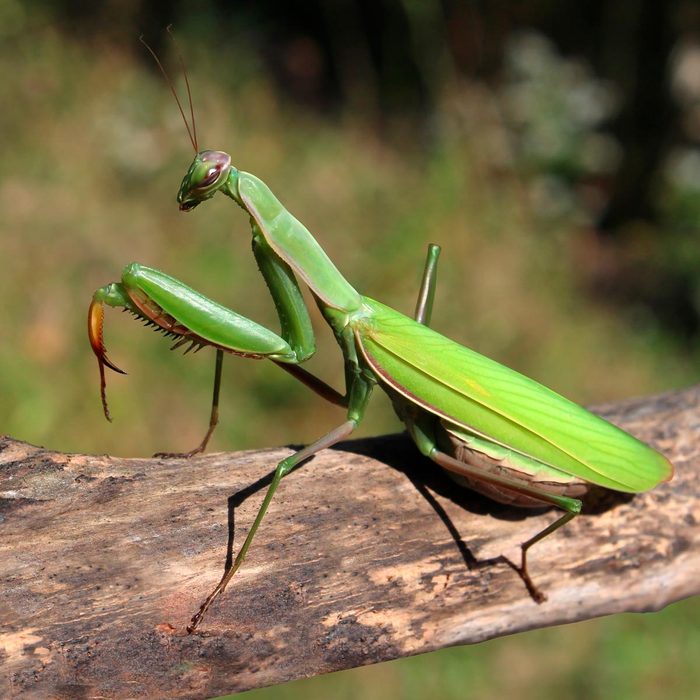 Lightspring/Shutterstock
Lightspring/Shutterstock
The Praying Mantis
The largest and most formidable of garden insects is the praying mantis. This "faithful" insect features a large triangular head with bulging eyes and a long body in which they conceal their wings. Mantises have enlarged forelegs used for catching and holding prey. Yes, to satisfy their enormous appetites, these predators feed on other bugs like aphids, caterpillars and beetles. If you find this bug in your garden, do not kill it. If you find one somewhere else, put it in your garden. Of course, there are still plenty of pests you don't want anywhere near your garden.
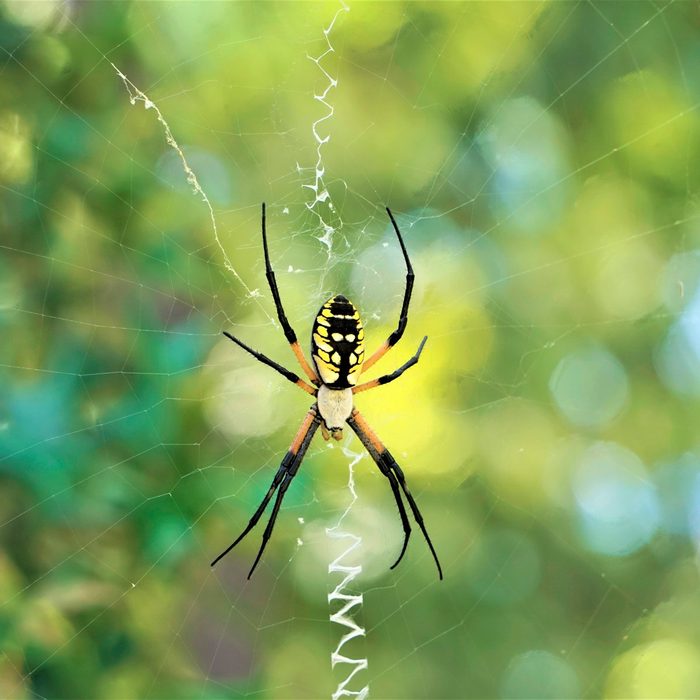 Ancha Chiangmai/Shutterstock
Ancha Chiangmai/Shutterstock
Spiders
If you are terrified of spiders, understand they mean your garden no harm. In fact, they weave their webs to catch those bugs you don't want eating your plants. Will they bite you? Probably not. And if they do, chances are the bite will kill you is pretty slim. Your average garden spider is non-lethal, at least to humans. But do you want to watch out for these 10 most dangerous bugs.
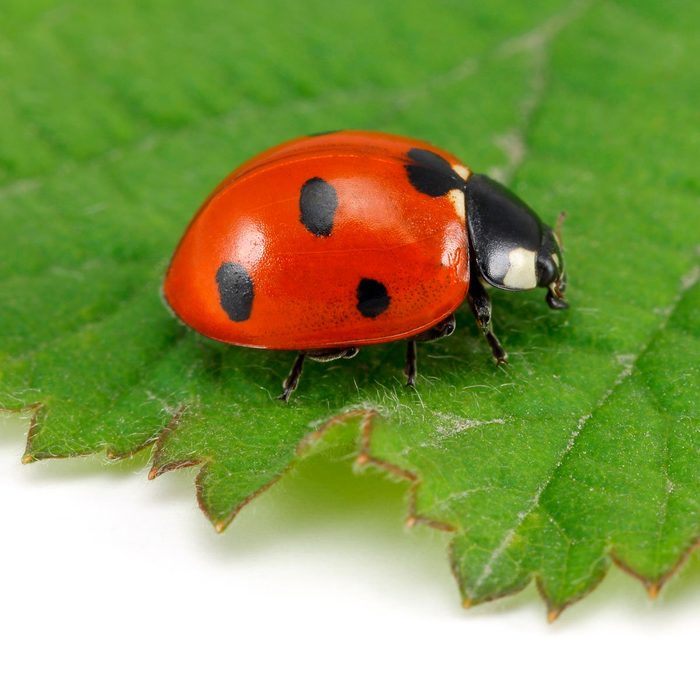 mahirart/Shutterstock
mahirart/Shutterstock
Lady Beetle
Commonly known as the Ladybug, the Lady Beetle (Hippodamia convergens) eats aphids, mites, other soft-bodied bugs and all the eggs she can find. Not only is the Ladybug a bug you want to keep around, some gardeners even buy them in bulk to introduce them to their garden. Here is more on that topic.
Do not, however, confuse the Lady Beetle with the Japanese or Asian ladybug (Harmonia axyridis). This invasive species, while equally harmless in the garden, is a pest that invades homes and buildings in large numbers. If you have a nuisance bug in and around your home, there are plenty of things you can do to control them.
Buy now
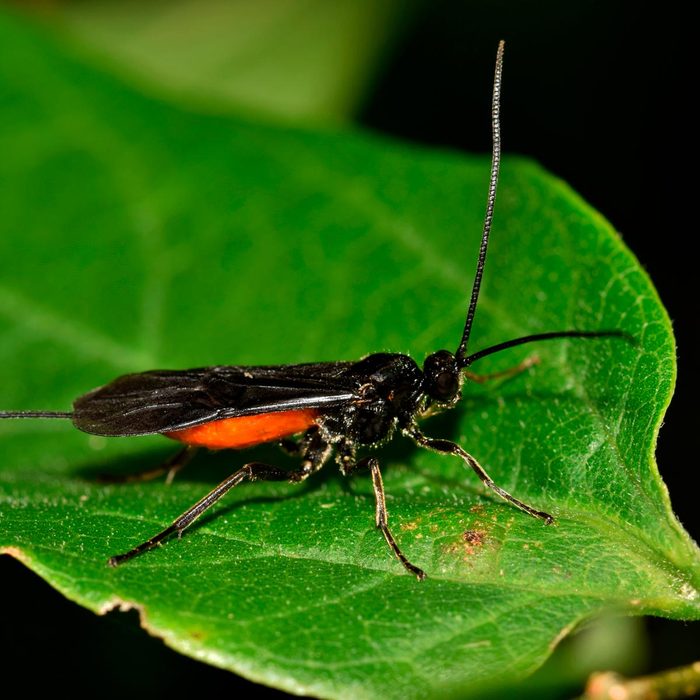 Brett Hondow/Shutterstock
Brett Hondow/Shutterstock
Braconid Wasp
If you love tomatoes, you will love what the Braconid wasp can do for you. An enemy of the dreaded tomato hornworm, this wasp lays its eggs just under the skin on the back of the worm. When the eggs hatch, the larvae feed on the insides of the hornworm, literally eating it alive. The larvae then chew their way out through the skin and spin a cocoon on the back of the hornworm. Of course, the hornworm eventually dies. And your tomatoes are saved! In addition to beneficial bugs, you can also use these natural ways to keep the pests away like growing certain types of plants.
 Mauricio Acosta Rojas/Shutterstock
Mauricio Acosta Rojas/Shutterstock
Bumblebee
Everyone knows about the threat to the honeybee and the concerns about colony collapse disorder. But, maybe you didn't realize that all of our plant pollinators are threatened. In fact, several species of Bumblebee are included on the U.S. Fish and Wildlife Service's list of endangered species. These harmless bees are important because they pollinate plants that other native bees or European honeybees cannot.
 Boza C/Shutterstock
Boza C/Shutterstock
Green Lacewing
In its larval stage, the Green Lacewing is known to devour over 200 aphids in a week, as well as other soft-bodied pests. That's a lot of bugs! They continue this feeding frenzy for 2 to 3 weeks before spinning into tiny cocoons. The adults feed on nectar and pollen but continue the beneficial cycle of eating aphids by laying up to 200 eggs on the underside of leaves.
In addition to beneficial insects above ground, your garden needs to be the home to someone special below the surface. Not a bug—the lowly earthworm. The best aerators of your soil, and fertilizer producers, there are several ways to entice earthworms to take up residence in your garden.
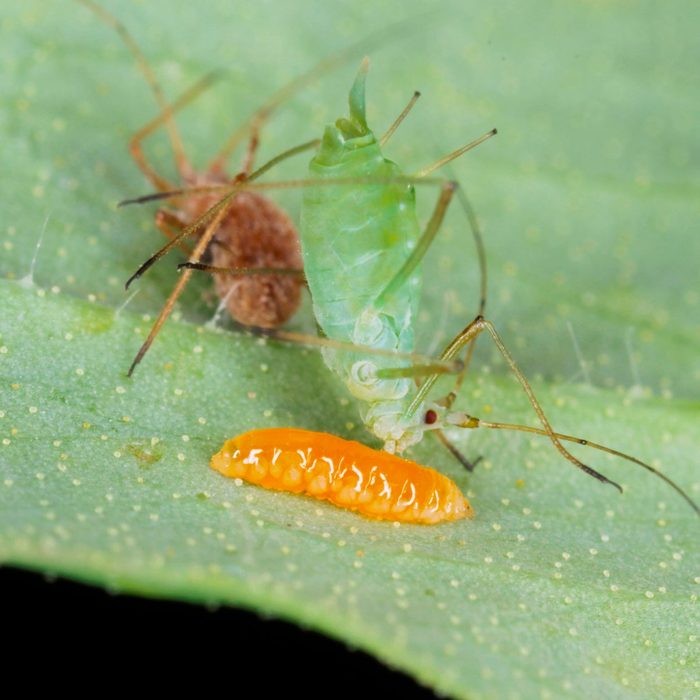 Tomasz Klejdysz/Shutterstock
Tomasz Klejdysz/Shutterstock
Aphid Midge
The tiniest of flies, the Aphid Midge stands tall on its slender legs with its antennae positioned backward over its head. Its larvae are bright orange and feed on soft-bodied pests. Because they eat 60 different species of aphids, these beneficial bugs are invaluable in the garden. In fact, they can wipe out aphids faster than the Lady Beetle or Green Lacewing. Introducing beneficial insects to your garden is one way to manage your bug population. However, there are other humane methods for pest control such as learning how to make your own non-toxic pesticides.
Originally Published: April 25, 2019
![]()
Sign up for articles sent right to your inbox
Enjoy the best stories, advice & jokes delivered right to your inbox!

Subscribe & SAVE Save Up To 84%!
How To Kill Caterpillars In The Garden
Source: https://www.rd.com/list/bugs-should-never-kill-in-garden/
Posted by: scottovion1999.blogspot.com

0 Response to "How To Kill Caterpillars In The Garden"
Post a Comment